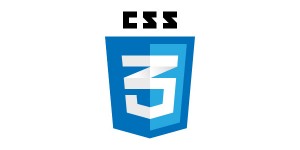What is responsive/adaptive web design?
Responsive web design (or sometimes referred to as adaptive web design) is the process of making a website that will adapt appropriately to any screen size. From desktop, to tablet, to mobile phone, your website will look and feel appropriate to the device it’s being viewed upon. As screen sizes become smaller, a responsive website re-prioritizes content and modifies its design on the fly to meet the needs of users on any given device, thereby presenting a friendlier user-interface.
Here are 5 reasons to make your website responsive:
- Eliminates the need to create a mobile-only website.
- It’s optimized for performance on mobile devices.
- No need to update your mobile website and your desktop website when it’s all in one!
- The user interface experience is better across all devices.
- Helps you rank higher on the search engines! Yes, Google prefers responsive sites!
If you are planning to redesign your website I recommend making the upgrade to a responsive one. Unfortunately, redesigning your style-sheets and updating your current websites HTML to become responsive can be as expensive as getting a new website created. It is much more cost effective to make a new website responsive from the start, and that’s why I encourage all new web design clients to make their site adaptive.
Want to see it in action? If you’re on your desktop computer (or laptop) adjust the size of your browser to different sizes and you’ll see the website readjust according to the screen size.
That’s responsive web design in action. I’ll be recreating my main website (reelWebDesign.com) to be fully responsive soon, so keep an eye out. If you’d like a sneak peak to see what it will look like just email me.
By Peter Marino

